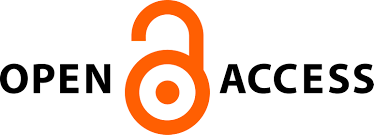Adsorption of Cadmium (II) and Lead (II) by Agricultural Wastes
Main Article Content
Abstract
As heavy metal pollution becomes a growing concern in the world, many environmentally friendly ways to remove heavy metals have been studied. Agricultural waste is an option for this purpose. In this paper, four agricultural wastes were studied towards their ability to adsorb Pb(II) and Cd(II) from aqueous solutions at concentrations of 1, 2.5 and 5 mg/L, viz. rice straw, sweet rice straw, sugar cane bagasse, and activated carbon from sugar cane bagasse as a reference. Carbon from sugar cane bagasse showed better adsorption efficiencies for Pb(II) and Cd(II) than the other three adsorbents (rice straw, sweet rice straw, and sugar cane bagasse). Adsorption activity on Pb(II) was: rice straw ≈ sweet rice straw > bagasse, while on Cd(II): sugar cane bagasse ≈ rice straw ≈ sweet rice straw. However, the adsorption capacities of the three types of adsorbent do not much lower than the activated carbon, where as the activated carbon is much costly. The higher the initial concentrations of Cd(II) and Pb(II) solutions, the lower % of metal adsorbed, even though the mg of metals adsorbed/g adsorbent increased.
Downloads
Article Details
Submission of a manuscript to Jurnal Purifikasi means that the work has never been published in another journal and is not under consideration for publication elsewhere. The author hereby agrees to submit the copyright of the manuscript and its contents to Jurnal Purifikasi, if accepted for publication. Accepted manuscripts will be published in printed form where the ISSN is bound in printed form, not in online form (pdf). Authors are not allowed to publish their work in other forms (journals) without permission from the Jurnal Purifikasi manager.
By submitting a manuscript, the author is deemed to know all the rights and obligations attached to each manuscript.








